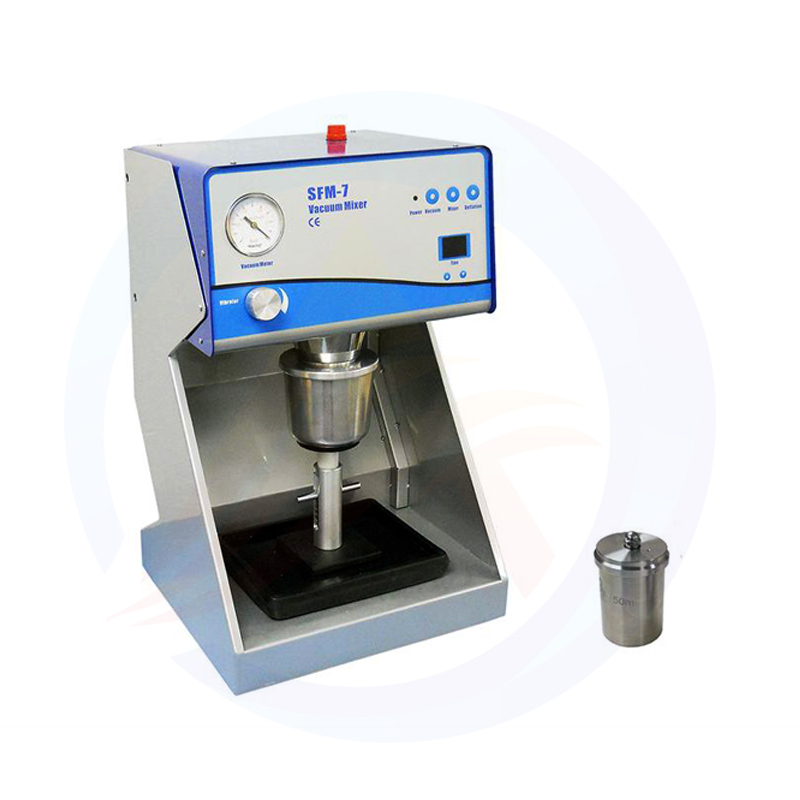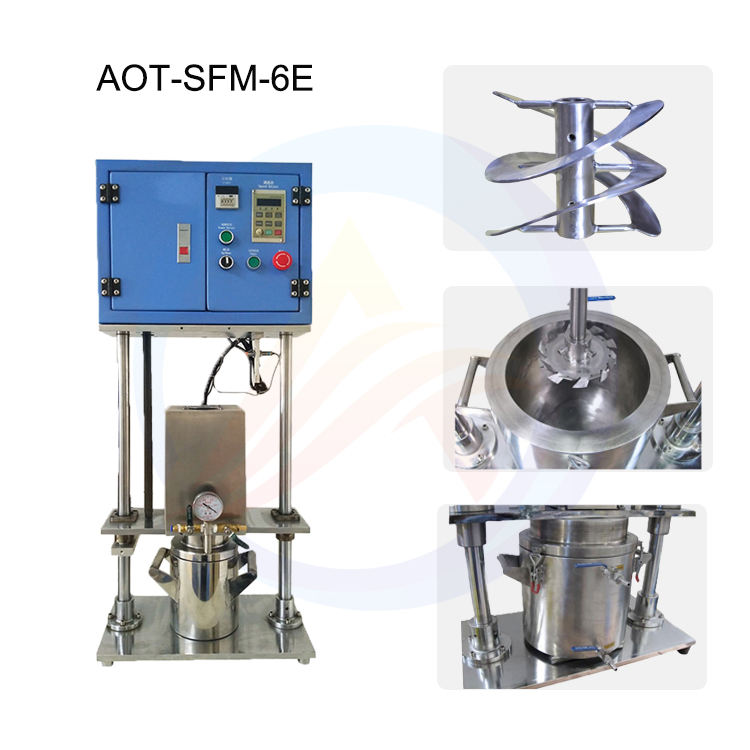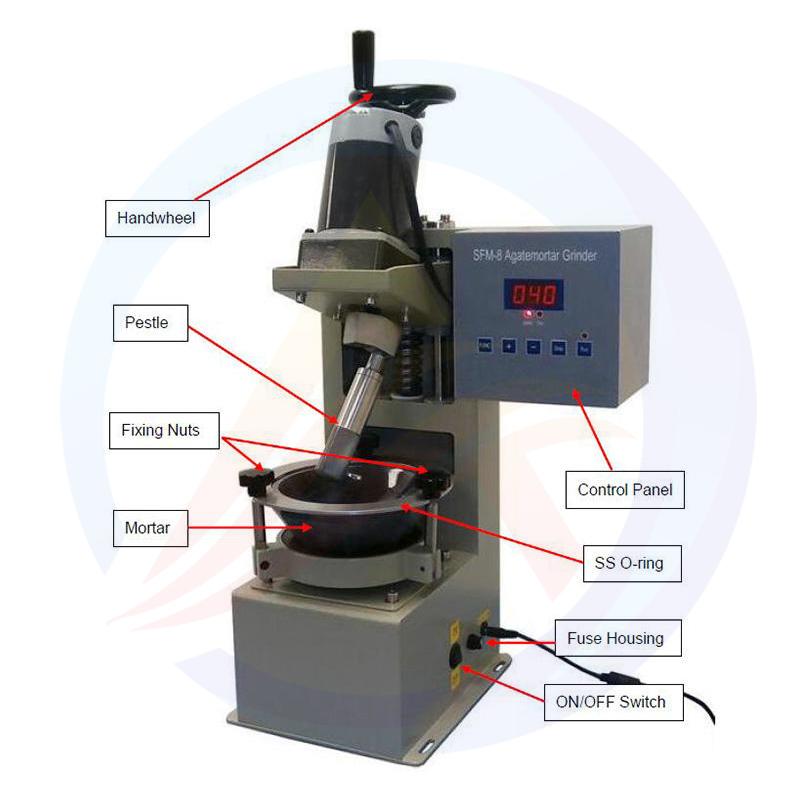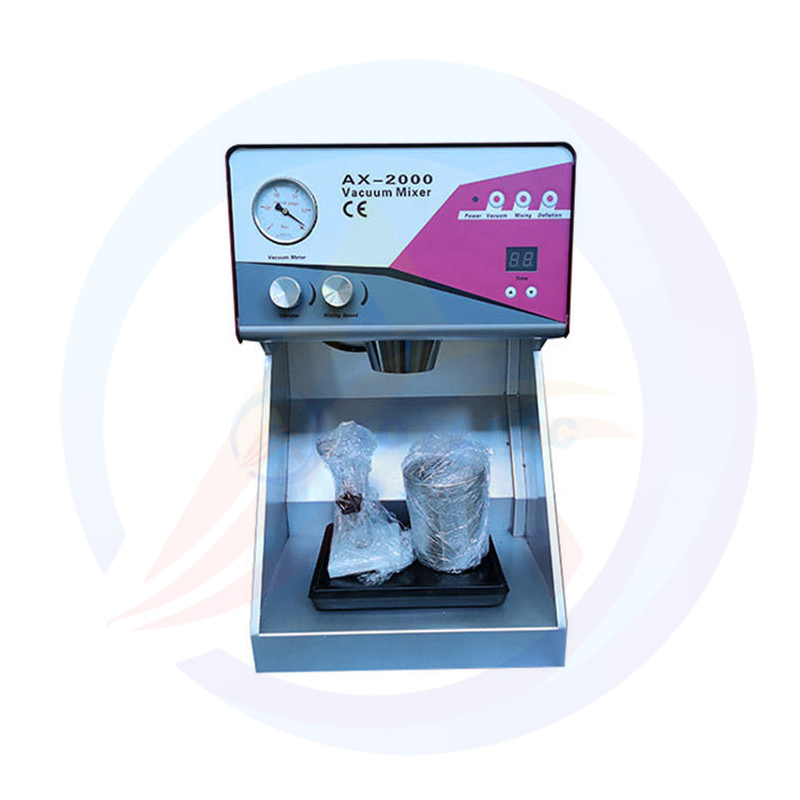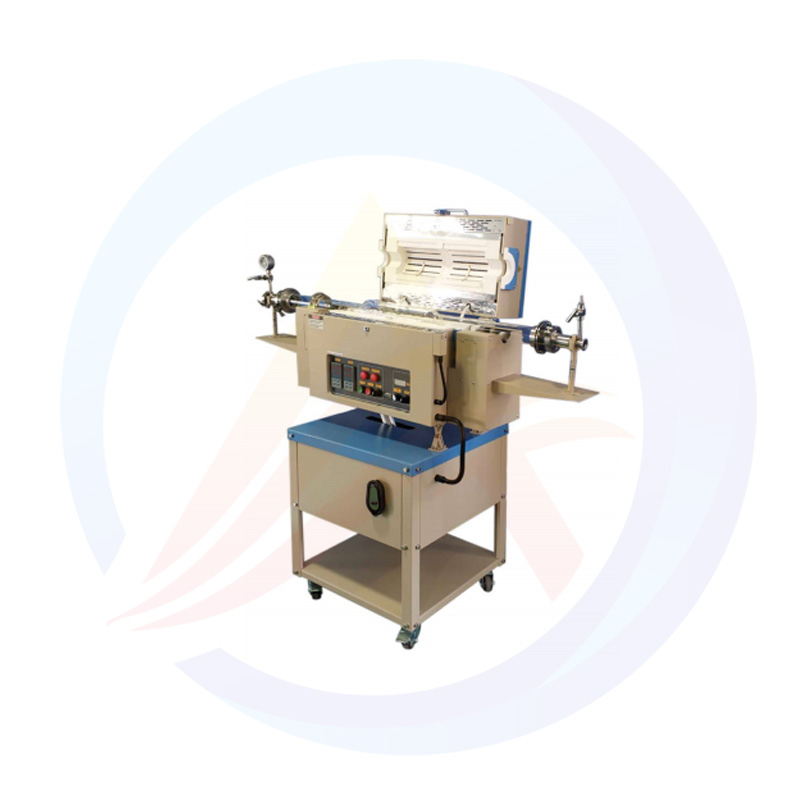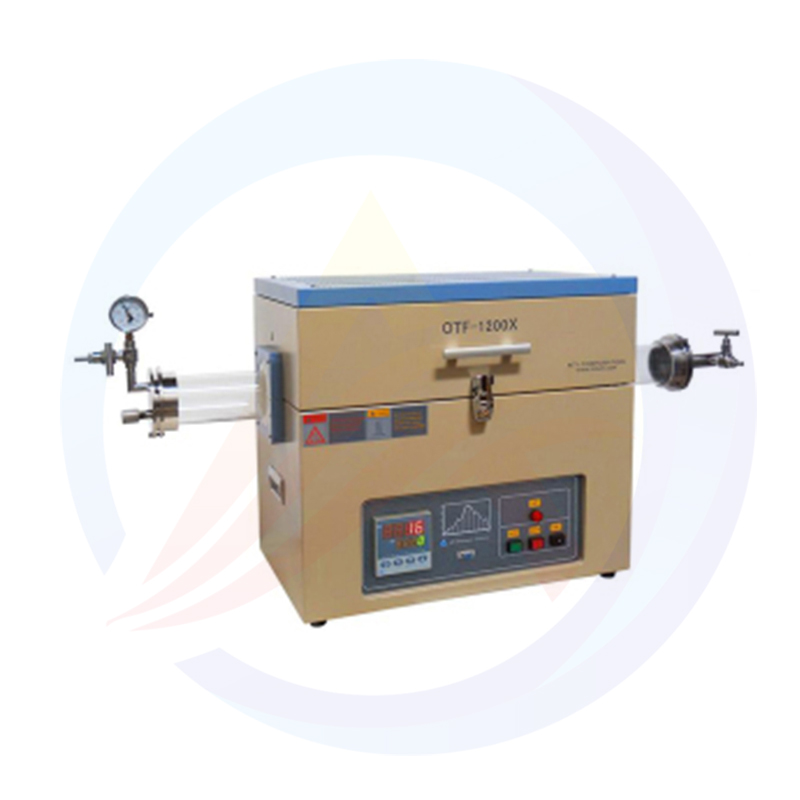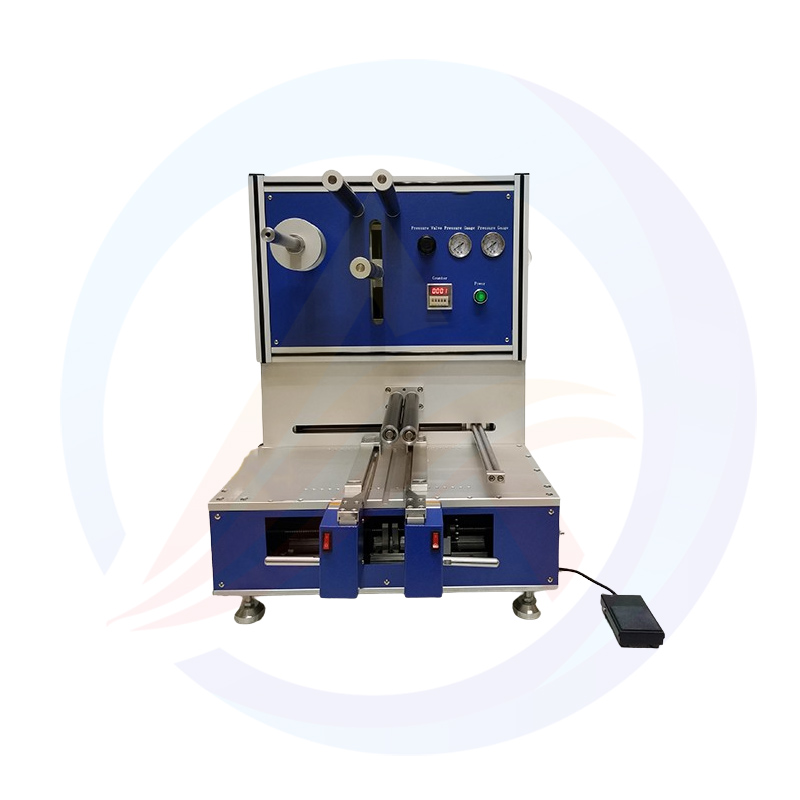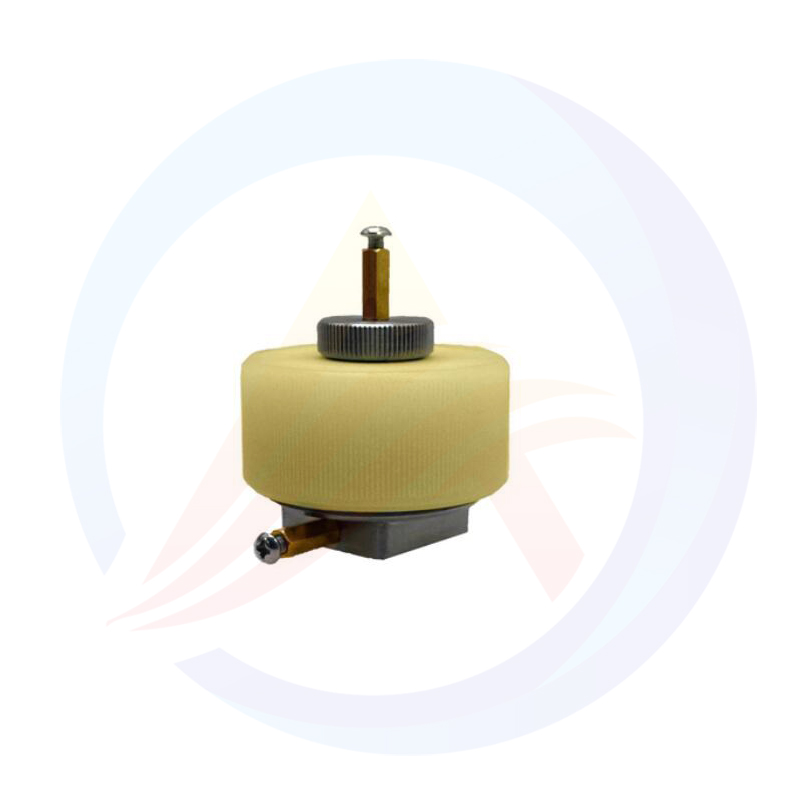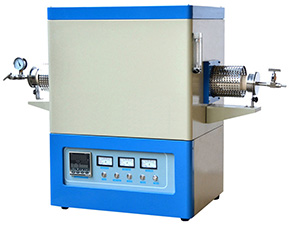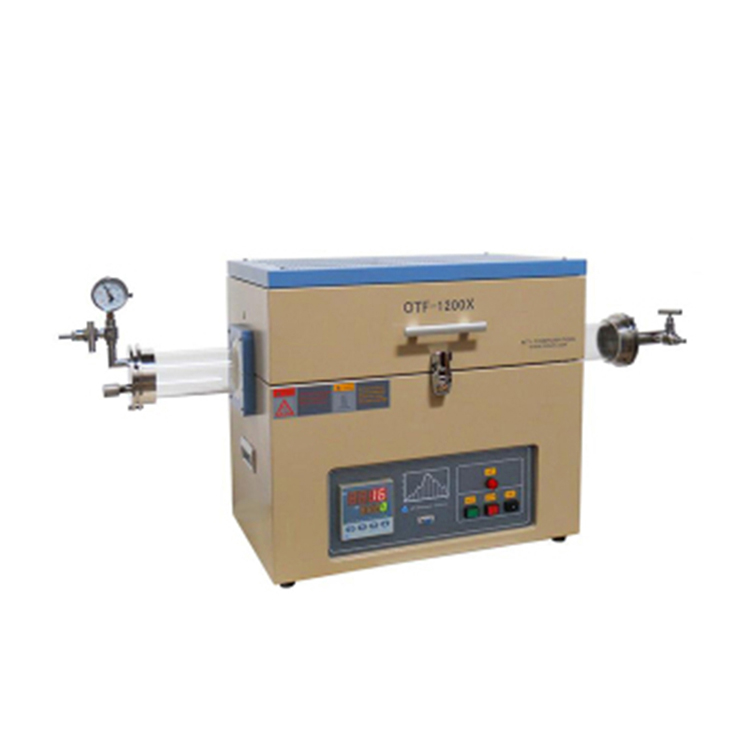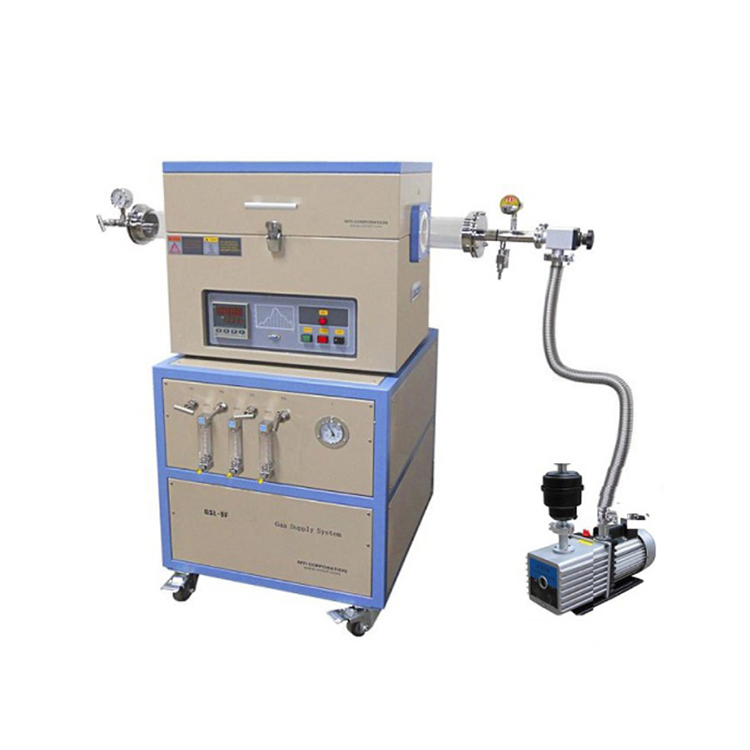一、What is the temperature of a vacuum tube furnace?
二、What material is used for furnace tubes?
三、What is the structure of a tube furnace
四、How does a vacuum furnace work?
五、What are the benefits of tube furnace?
一、What is the temperature of a vacuum tube furnace?
High temperature tube furnaces are another type of laboratory furnace that capable of reaching higher temperatures between 1400°C up to 1800°C. A high temp furnace typically consists of heating elements located on both sides of the heating chamber to ensure good thermal uniformity.
二、What material is used for furnace tubes?
1. Quartz glass tube
Features: Quartz glass tube has excellent high temperature resistance and chemical stability, and can maintain stable physical and chemical properties at high temperatures. At the same time, it also has good light transmission and insulation.
Application: Quartz glass tubes are often used in applications requiring high light transmission and insulation, such as vacuum tube furnaces and atmosphere tube furnaces.
2. Corundum tube
Features: Corundum tubes are known for their high purity (Al2O3>99%), excellent temperature resistance and chemical resistance. It can operate stably for a long time in extreme high temperature environments and is not easy to burst. At the same time, corundum pipe also has good thermal conductivity and mechanical strength, can meet a variety of complex heating needs.
Application: Corundum tube is mainly used in high temperature melting, temperature measuring instrument thermocouple thermometer protection tube, industrial resistance furnace, experimental furnace and other scenarios, especially in the need of extremely high temperature resistance and chemical corrosion resistance.
3. Carbon steel
Characteristics: Carbon steel has excellent wear resistance and strength, the price is relatively low, suitable for some low-temperature heating occasions. However, carbon steel is slightly inadequate in terms of corrosion resistance, and its service life may be affected to some extent.
Application: Carbon steel furnace tubes are an economical and practical choice for low temperature heating where very high corrosion resistance is not required. However, it is necessary to strengthen the cleaning and maintenance of the pipe in order to extend its service life.
三、What is the structure of a tube furnace?
1.furnace structure: As the main body of the tube furnace, the furnace is tightly constructed by the furnace wall, the furnace top and the furnace bottom, forming a closed and high temperature resistant space. The inner wall of the furnace is covered with a complex lining structure, including a refractory layer, a thermal insulation layer and a protective layer. These layers not only improve the high temperature and erosion resistance of the furnace, but also ensure good thermal insulation and air tightness, and ensure the stability and safety of the heating process.
2.heating medium - furnace tube: furnace tube is the key component of heat transfer, according to the different heating mechanism, can be subdivided into radiation furnace tube and convection furnace tube. Radiant furnace tubes are directly exposed to the radiant heat source, while convection furnace tubes accelerate heat transfer by promoting air flow. To enhance heat transfer efficiency, furnace tubes are often specially designed, such as nail head tubes or finned tubes, and are mounted horizontally. Material selection, according to the specific working conditions and needs, flexible use of stainless steel, quartz glass or corundum tube and other high-performance materials.
3.heat optimization components: convection chamber and waste heat recovery system as the key components of heat optimization, the former by enhancing the convection effect to improve heating efficiency, the latter effectively recover and use the waste heat discharged from the furnace, to achieve maximum utilization of energy.
4.support structure: The strong steel structure as the support skeleton of the tubular furnace, not only carries the weight of the furnace, furnace tube and other core components, but also ensures the stability and safety of the entire system.
5.intelligent control system: The advanced control system is the brain of the tube furnace, through the accurate adjustment of heating power, temperature and other key parameters, to achieve the automation and intelligent control of the heating process, to ensure the accurate execution of the process curve.
四、How does a vacuum furnace work?
Vacuum furnace, as a highly specialized heat treatment equipment, its core lies in the close combination of its well-designed sealed chamber and efficient pumping system. Through a precise pumping process, the system completely removes the air and residual gas in the chamber, creating an almost oxygen-free and dust-free vacuum environment. In this unique environment, the built-in heater is fully used to heat the product evenly and efficiently.
The wide application of vacuum furnace shows its irreplaceability in the field of material science and engineering technology. In annealing treatment, the vacuum environment effectively avoids oxidation phenomenon and ensures the stable improvement of material properties; In the process of brazing, the vacuum condition promotes the wetting and diffusion of the solder, which ensures the quality of the welded joint. In sintering process, the densification process of the material in vacuum is more uniform, which is helpful to obtain the ideal microstructure and properties. In the heat treatment process, vacuum furnace realizes the precise control and optimization of material properties with its unique heating method.
In addition, vacuum furnaces also meet the needs of high-precision and high-purity material processing with its excellent cleanliness control ability, and are widely used in aerospace, electronic information, new energy, biomedicine and other high-tech fields. With the continuous progress of technology, the design of vacuum furnaces will be more intelligent and automated, further improve its processing efficiency and product quality, and inject new vitality into the development of modern industry.
五、What are the benefits of tube furnace?
They provide a stable and controlled environment for crystal nucleation and growth. Tube furnaces are employed in the firing of materials, such as pottery, glass, and enamel. They deliver uniform heating and precise temperature control, ensuring consistent and high-quality results.

